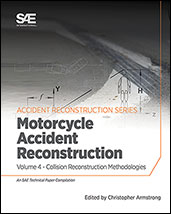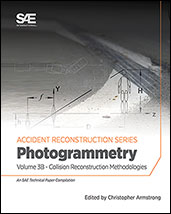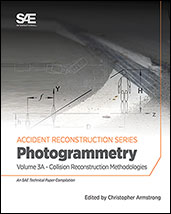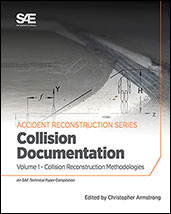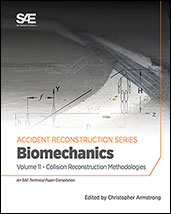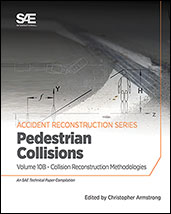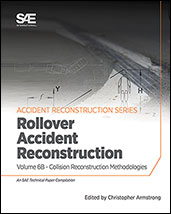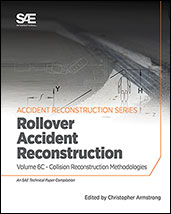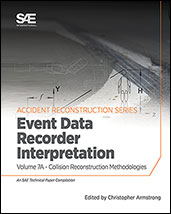Technical Paper
The Analysis and Determination of Tire-Roadway Frictional Drag
2003-03-03
2003-01-0887
Tire-roadway frictional drag, an important consideration for transportation accident reconstruction, is dependant on vehicle, roadway and environmental factors. Vehicle factors include vehicle specific properties such as geometry and inertial parameters, braking system type, tire size, and tire properties. Roadway factors include grade, pavement type, construction, pavement age, and other parameters. Environmental factors include temperature and inclement weather. In order to control these (and other) vehicle, roadway, and environmental factors, the determination of tire-roadway frictional drag is done through staged testing using an instrumented vehicle. Staged testing is typically performed with an exemplar vehicle on a similar roadway under comparable environmental conditions. Engineering instrumentation includes acceleration and velocity sensors as well as a brake gun to directly measure total braking distance.
